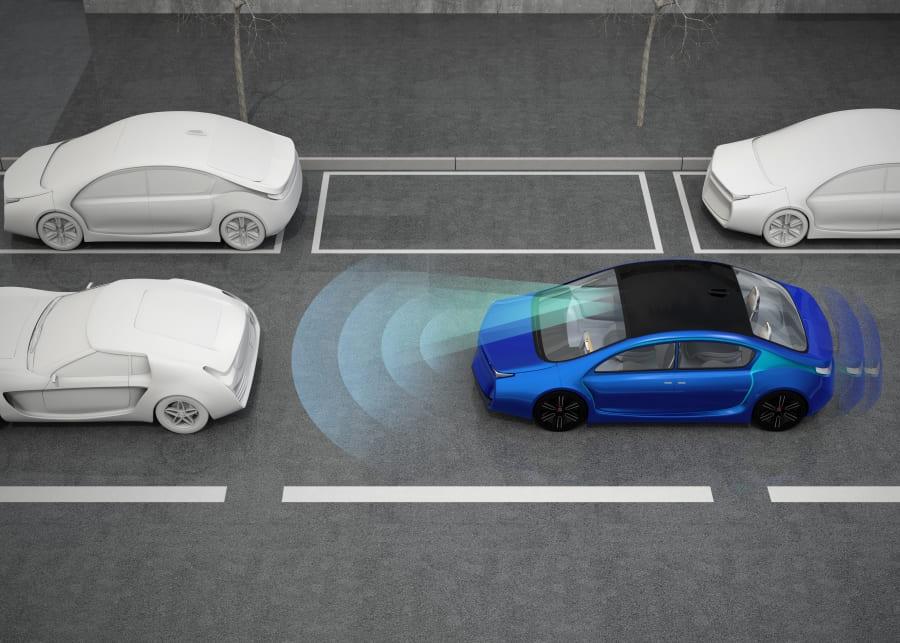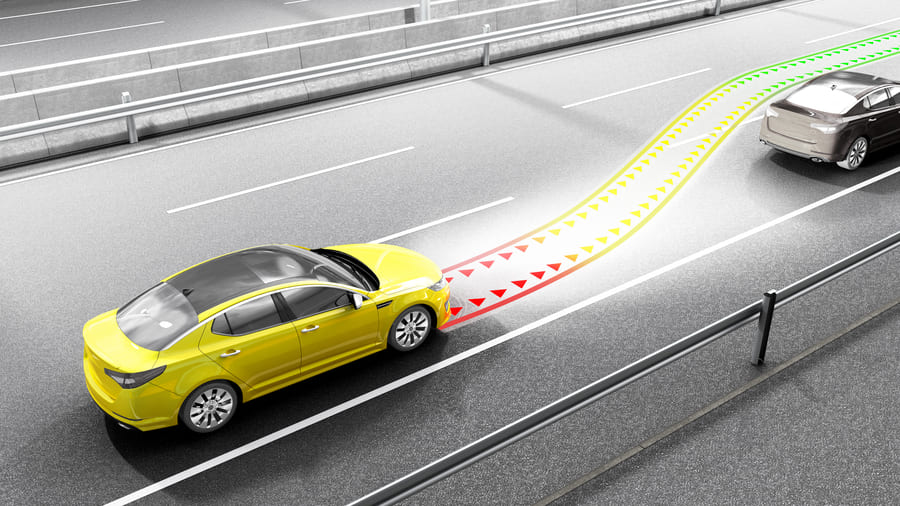
EBA, BA, and BAS are all forms of emergency braking assist systems used in Mercedes-Benz, BMW, Volvo, Toyota, and some other cars. Such systems contribute to reducing the braking distance and can help to avoid accidents. They compensate for the slow reactions of drivers or when insufficient pressure is applied to the brake pedal during an emergency brake. All new vehicles sold in the EU must be equipped with an emergency brake assist as standard.
How EBA, BA, and BAS work
One of the key elements of the system is a sensor which measures the speed at which the vacuum brake booster push rod moves. If the brake pedal is pressed sharply, the control unit activates the solenoid valve of the vacuum booster. This increases the force applied by the driver onto the brake pedal. As a result, the pressure in the brake system increases, making the wheel braking mechanisms activate more quickly.
Popular cars equipped with EBA, BA, or BAS
- Volvo S60 I, XC60 I;
- Mazda CX-9 (TB);
- Mercedes-Benz C-Class W203, S-Class W221, S-Class W140, M-Class W163;
- Peugeot 508 I;
- Citroën DS3;
- Toyota Corolla XI.
Causes of malfunctions in EBA, BA, and BAS
- Breakdown of the vacuum booster push rod travel sensor.
- Oxidation of the control unit contacts.
- Broken wires.








Comment